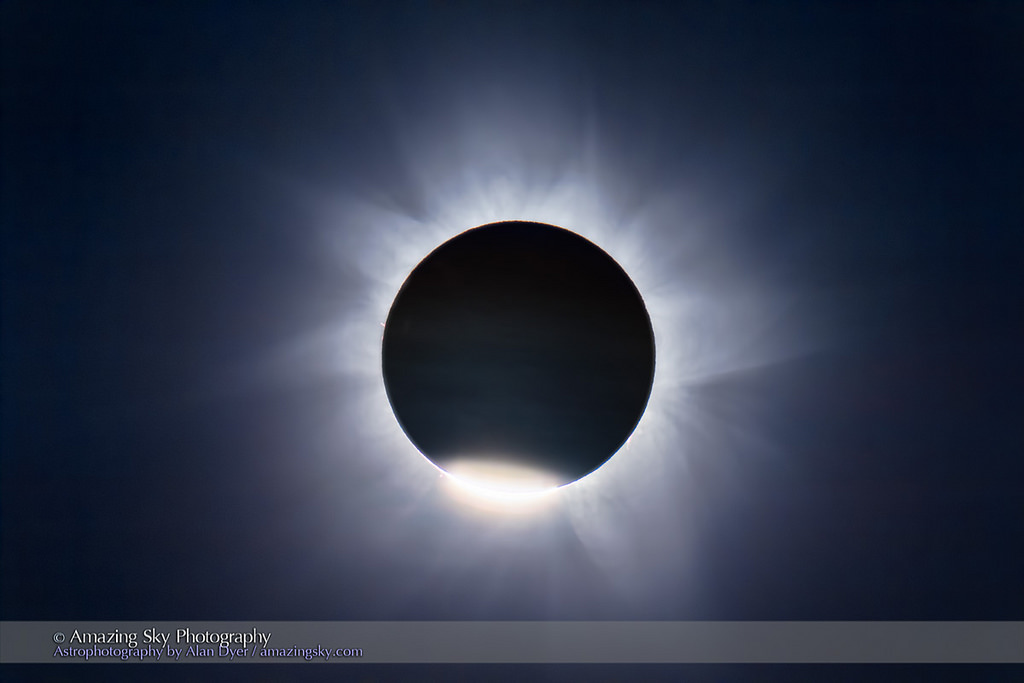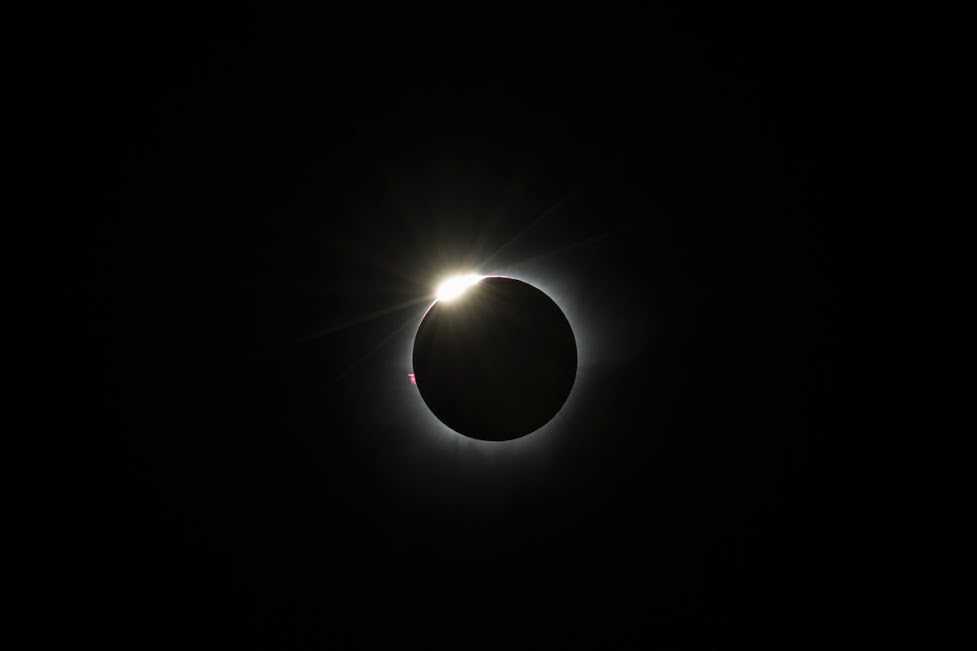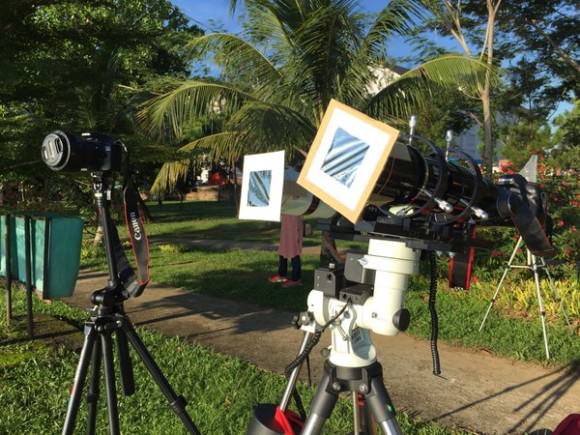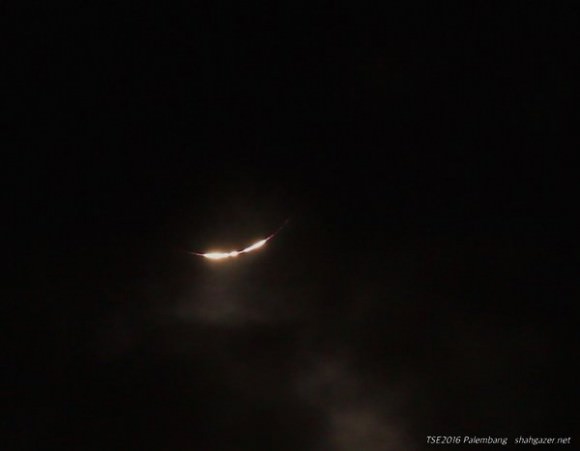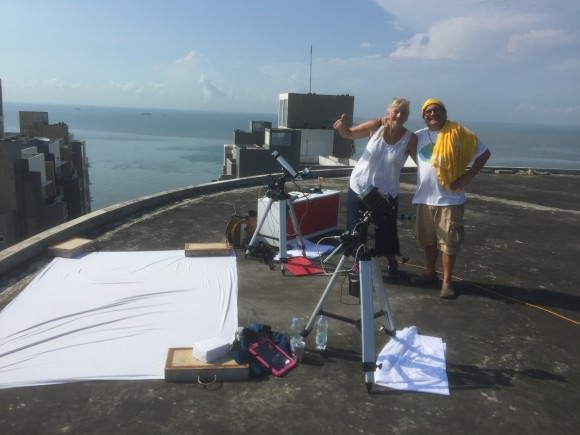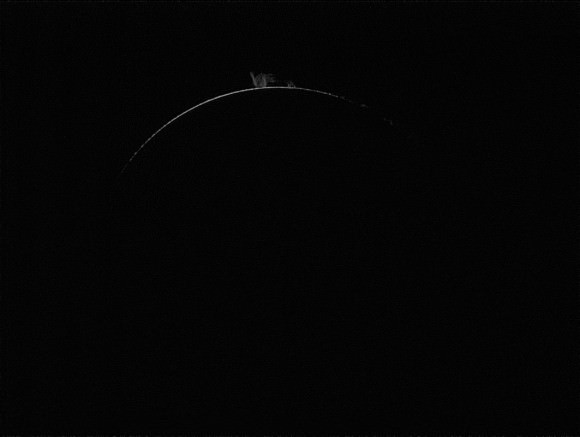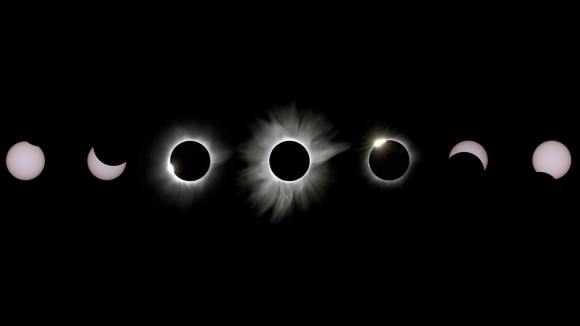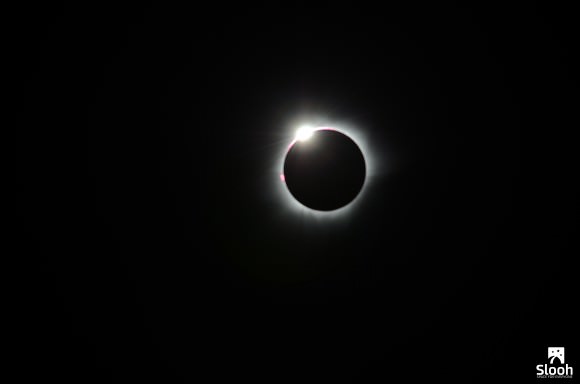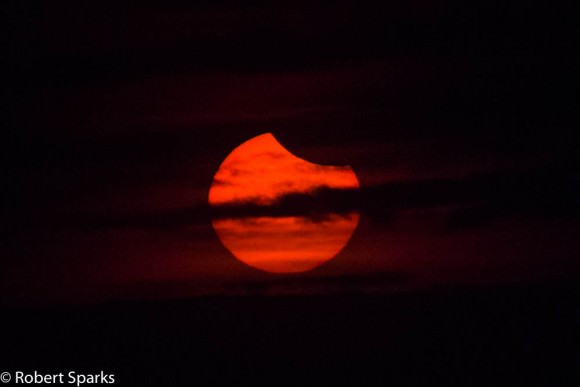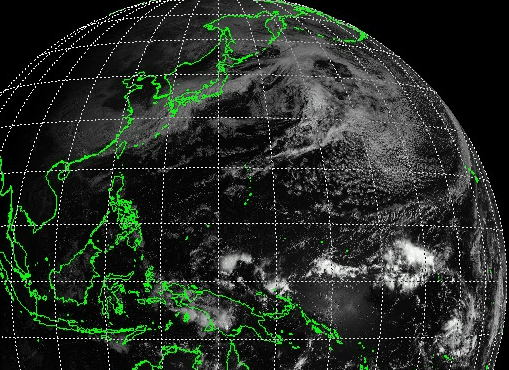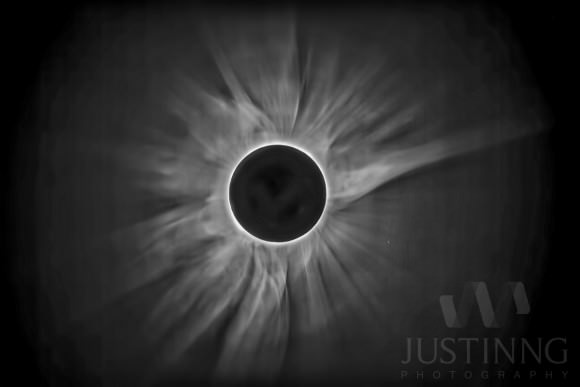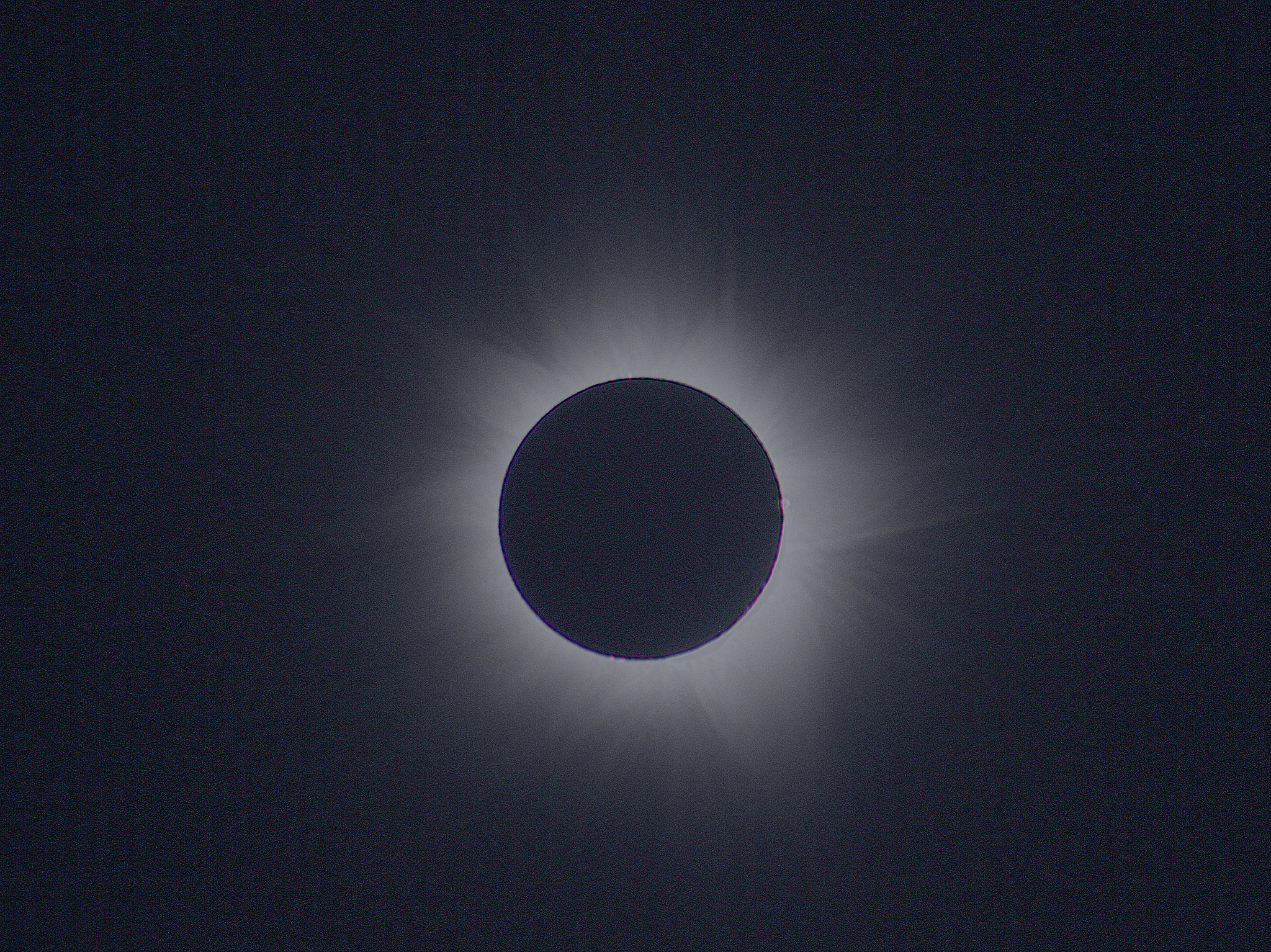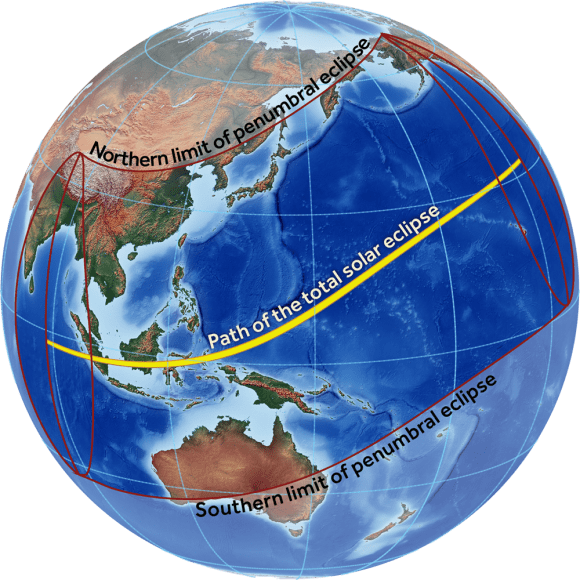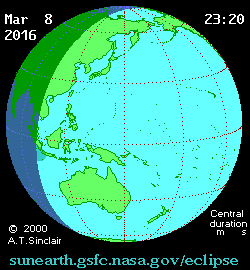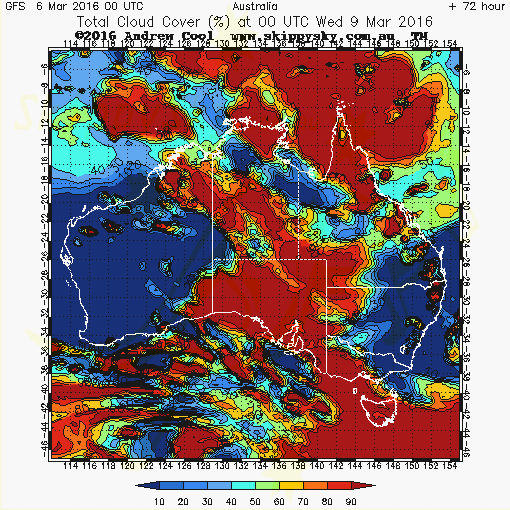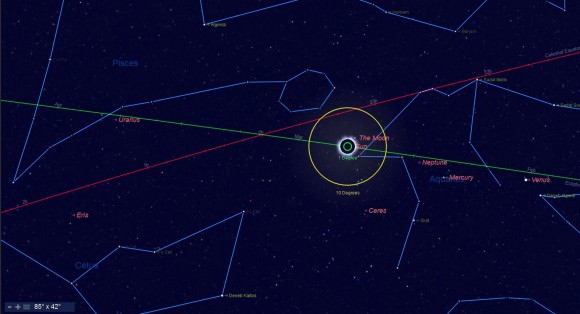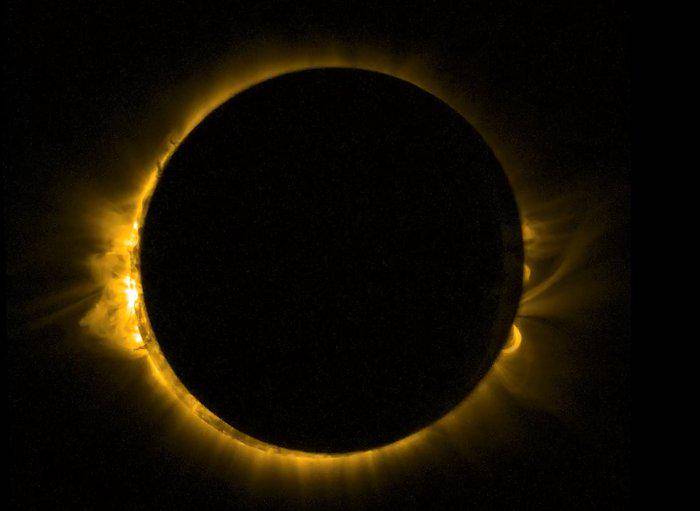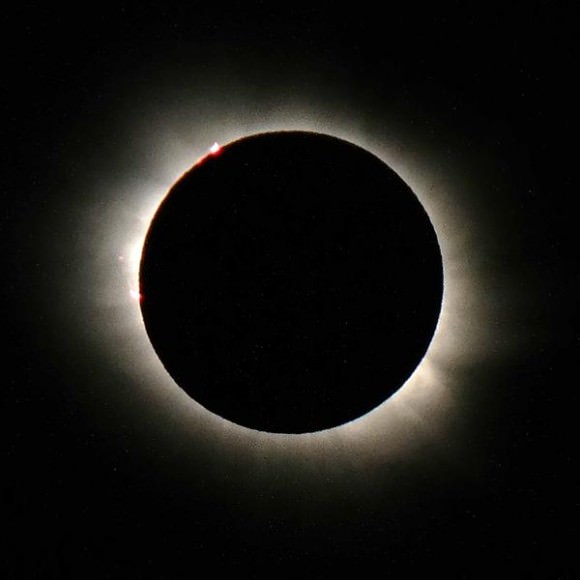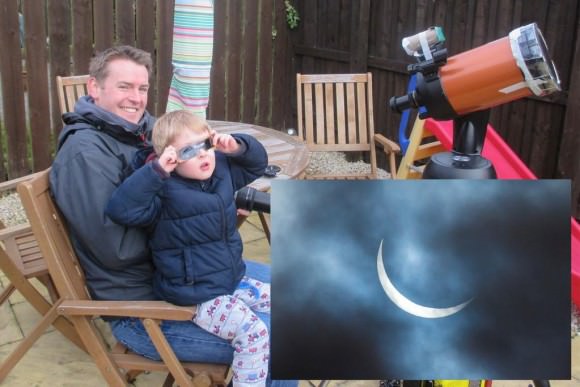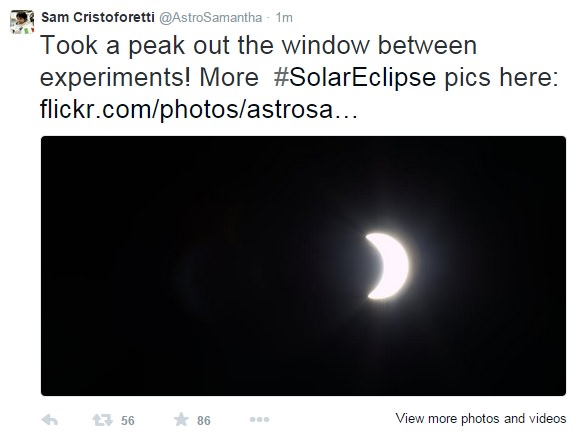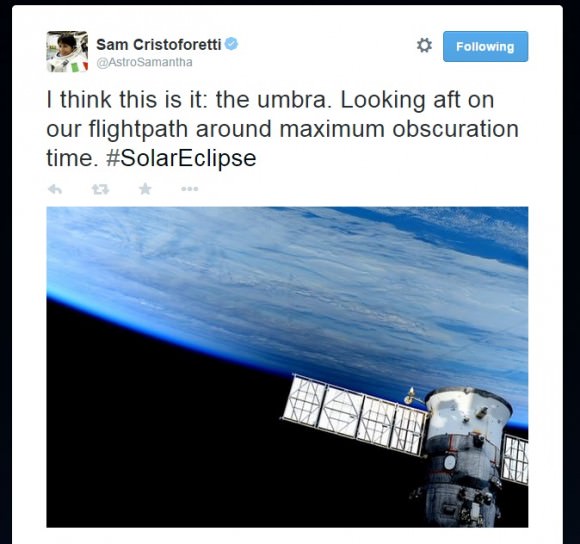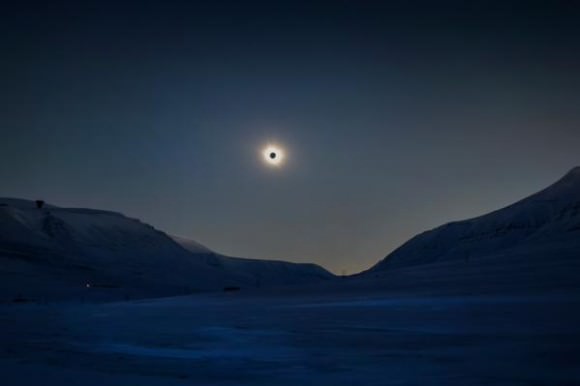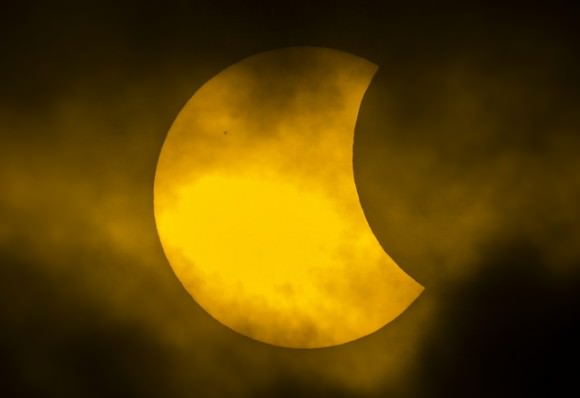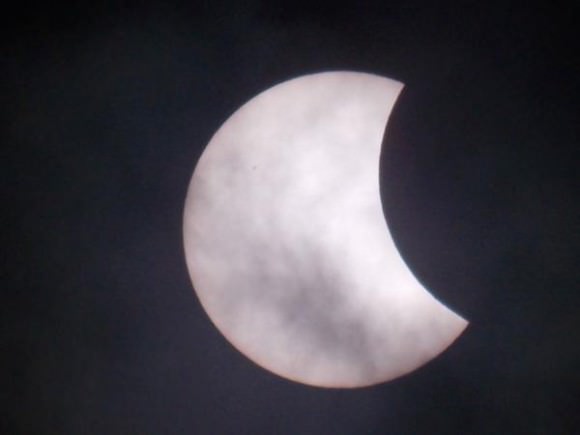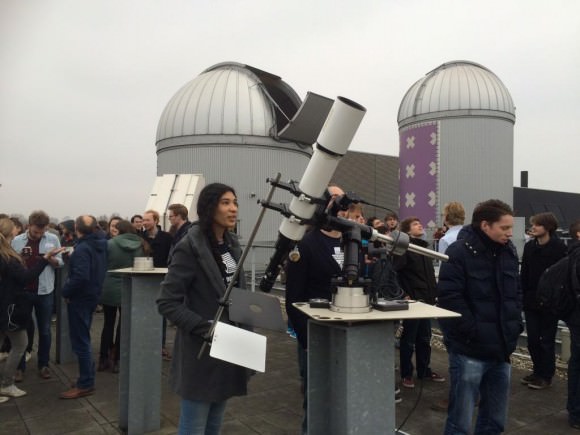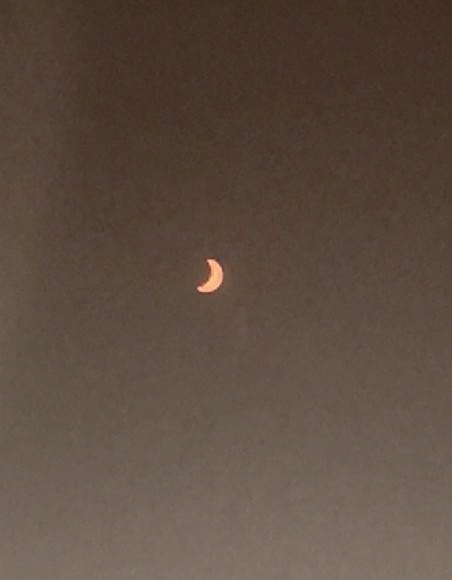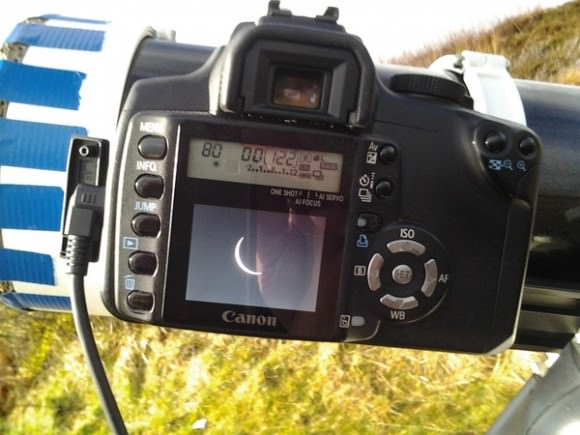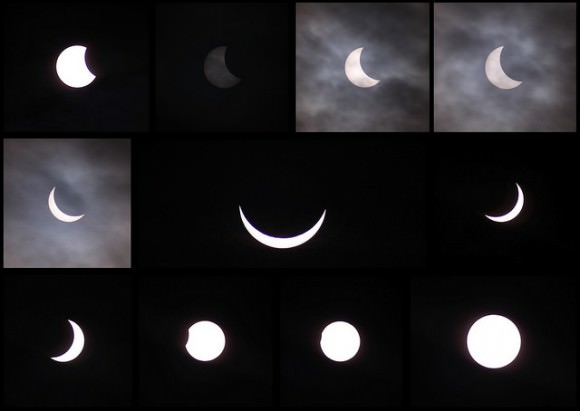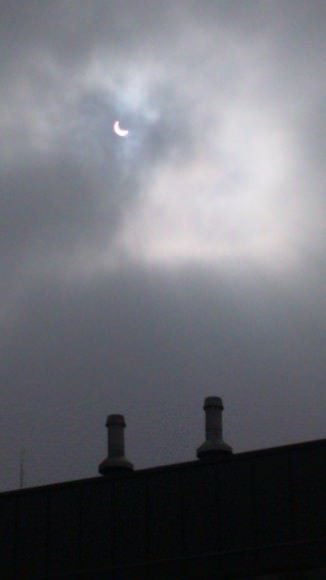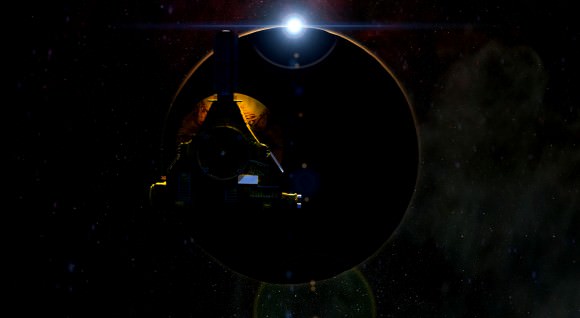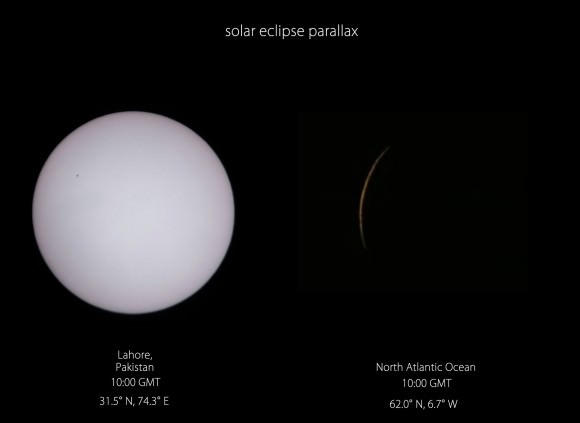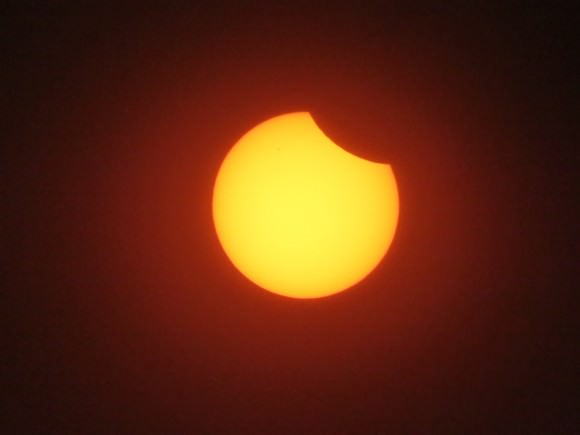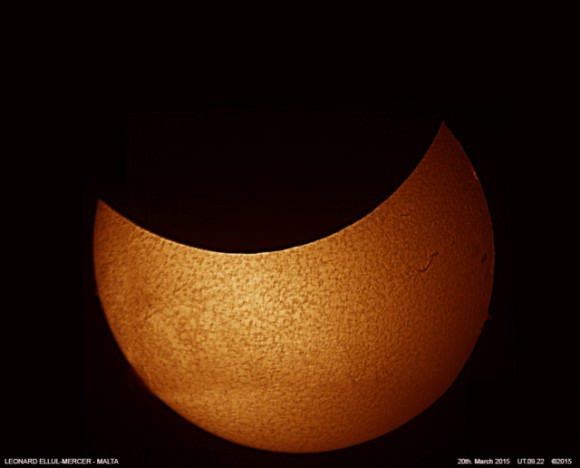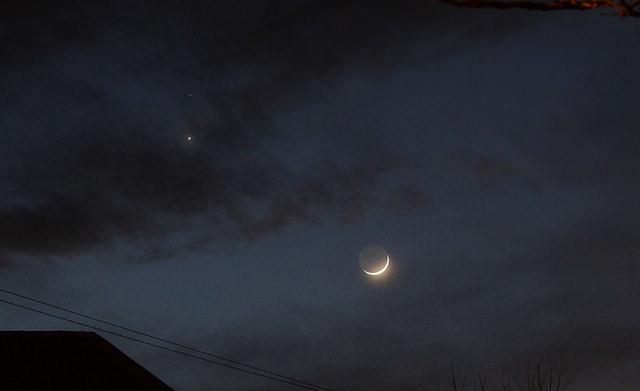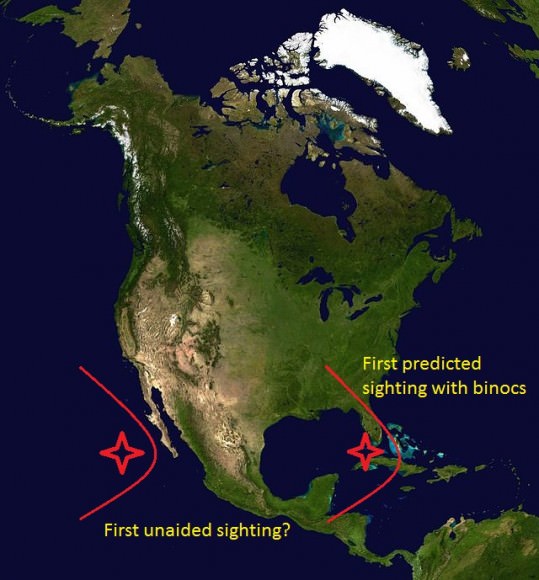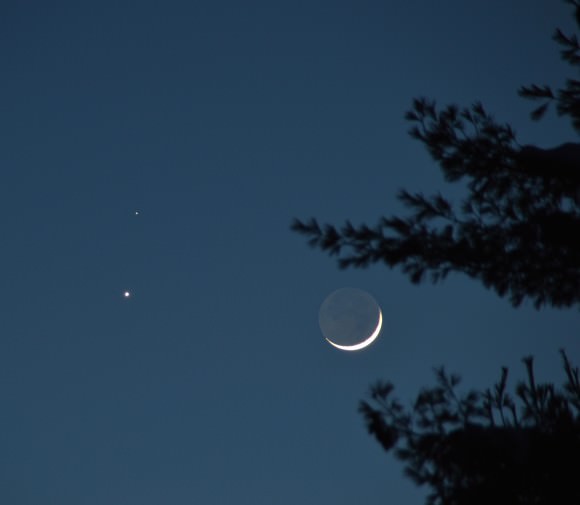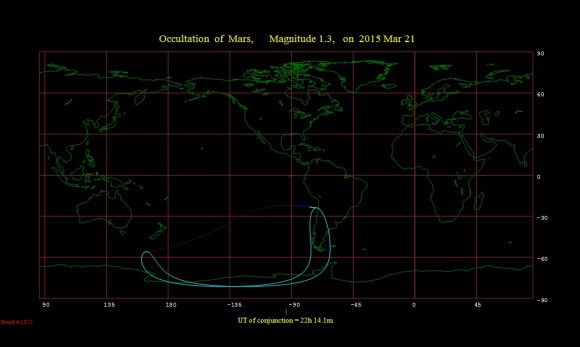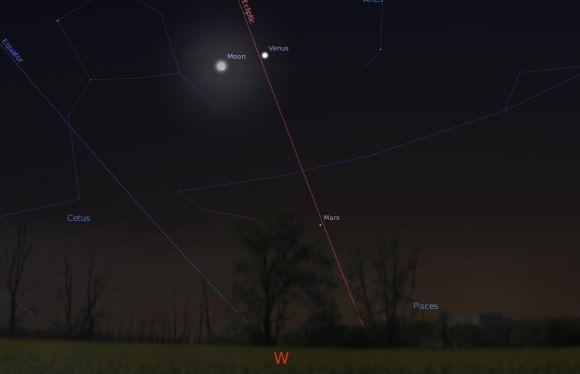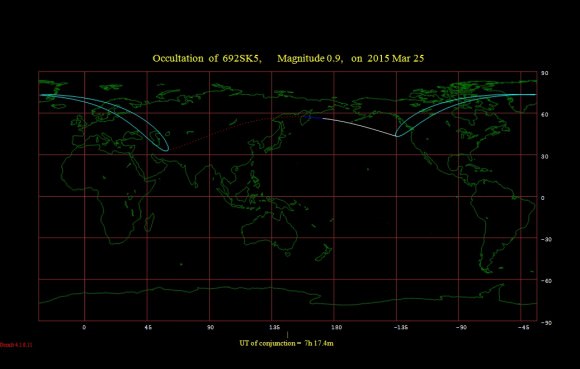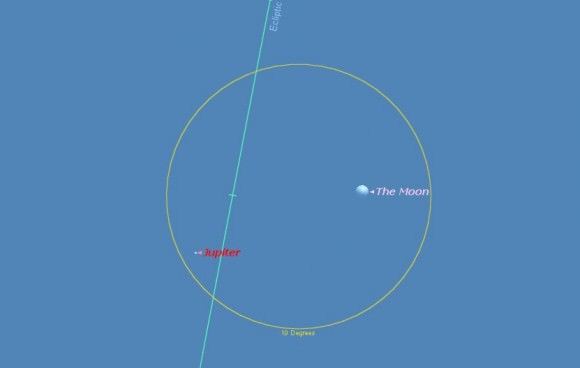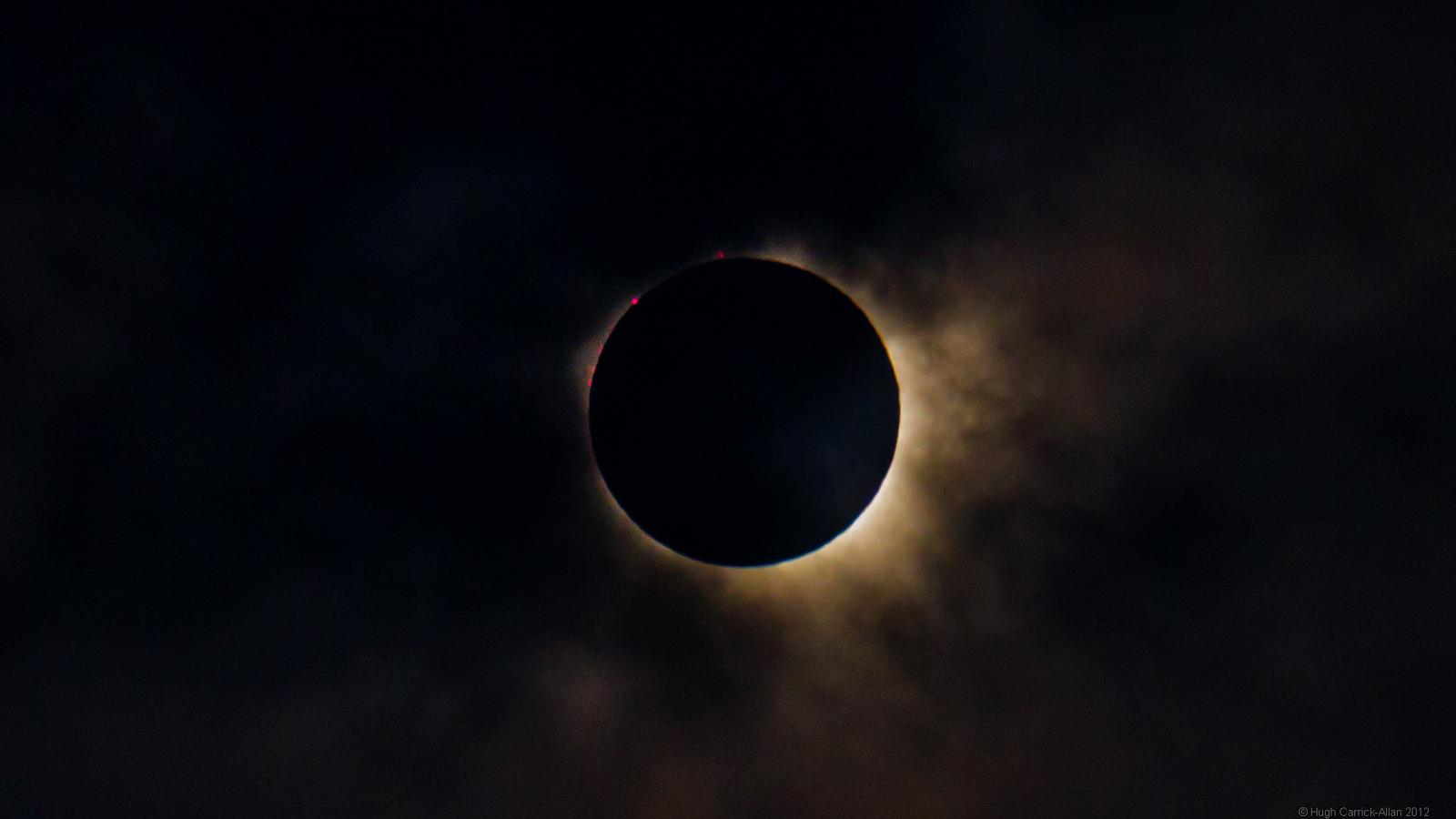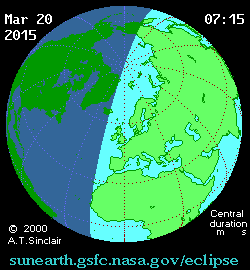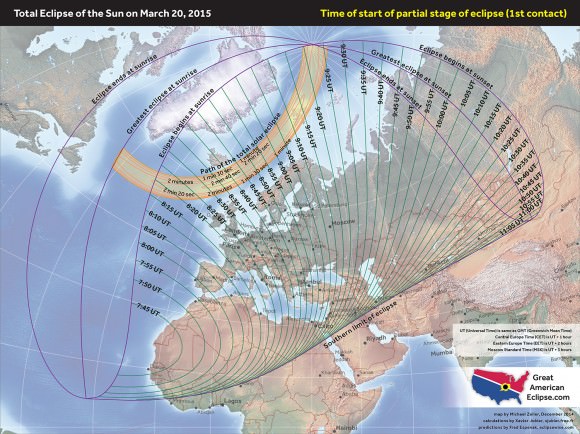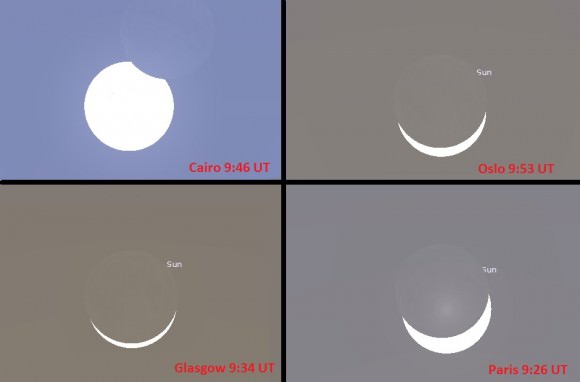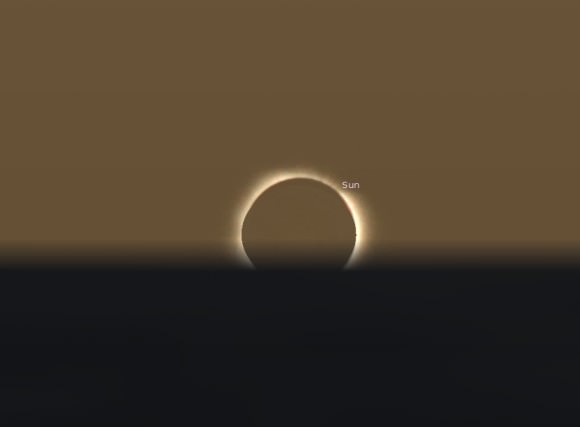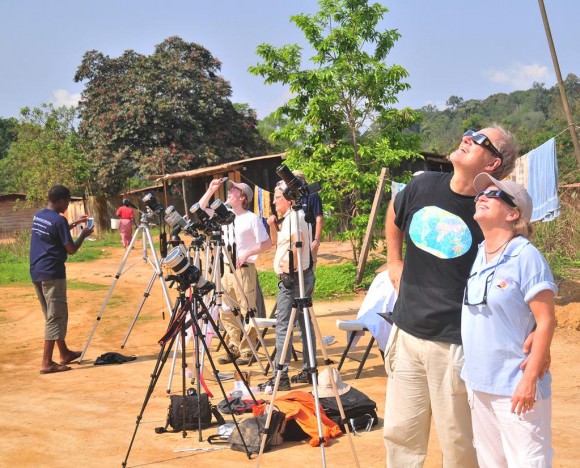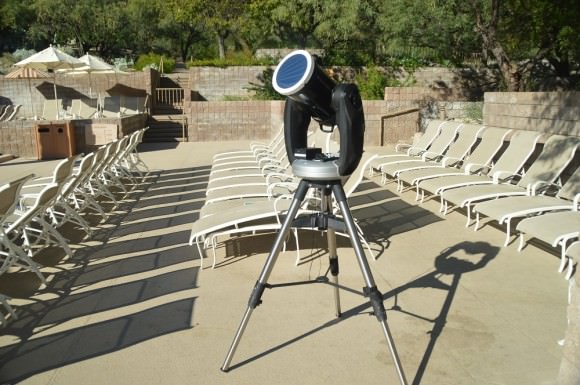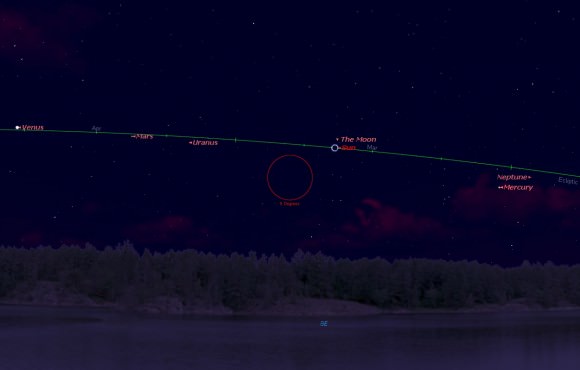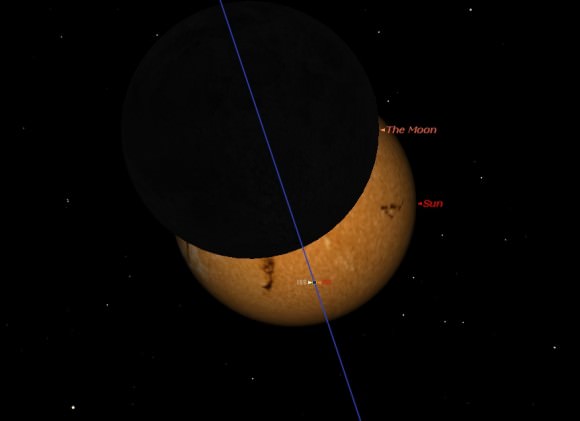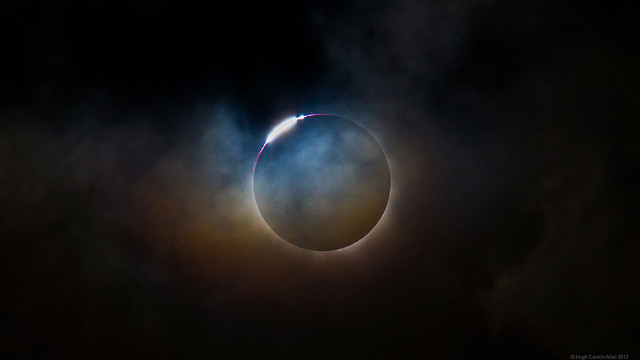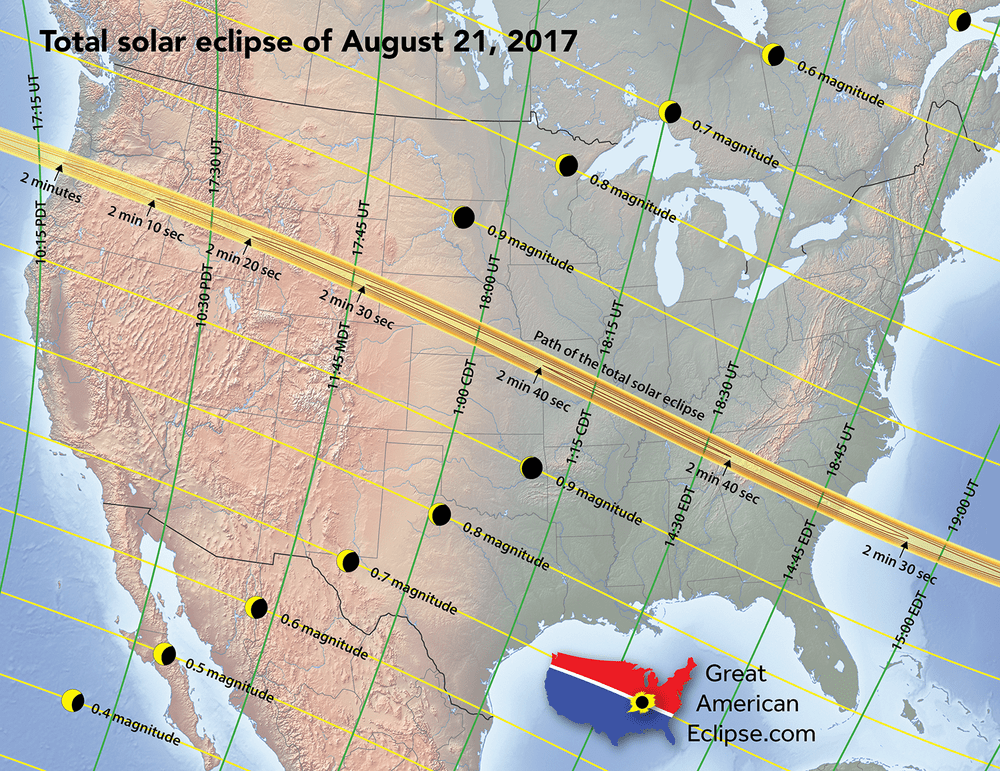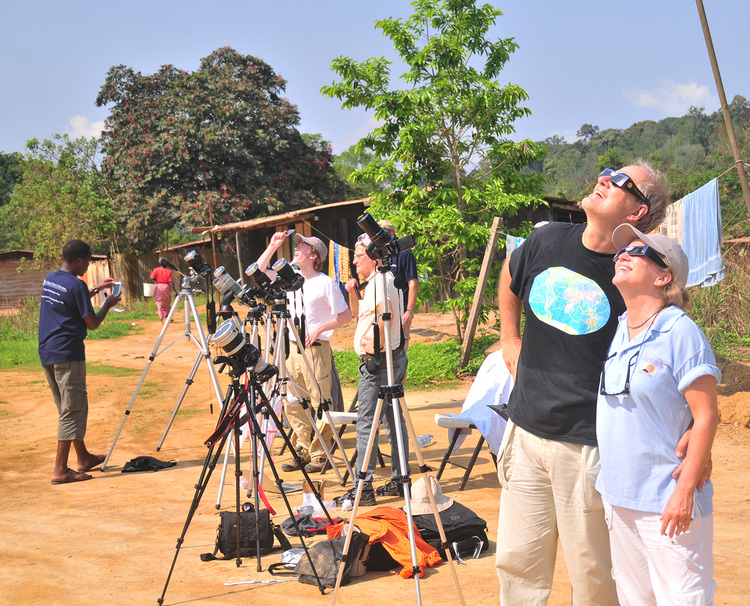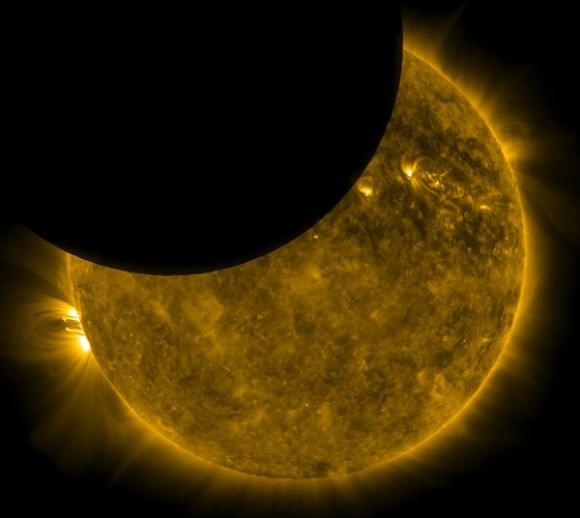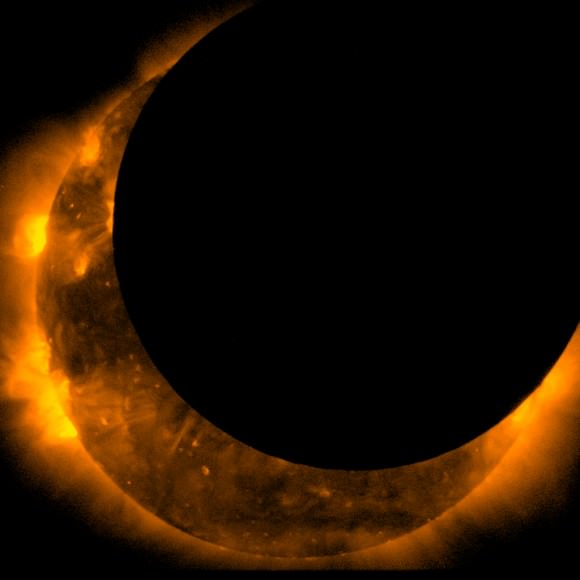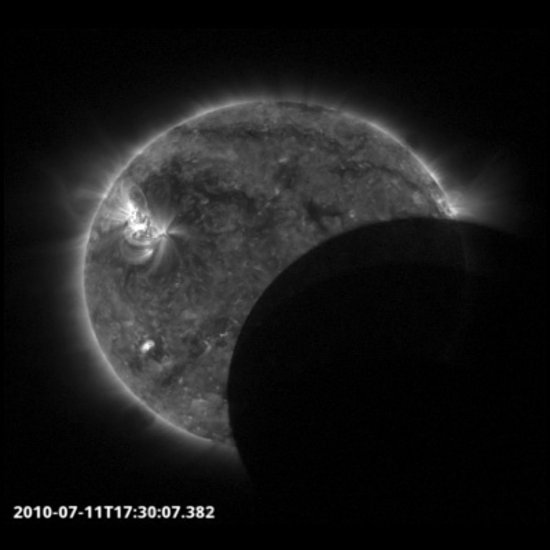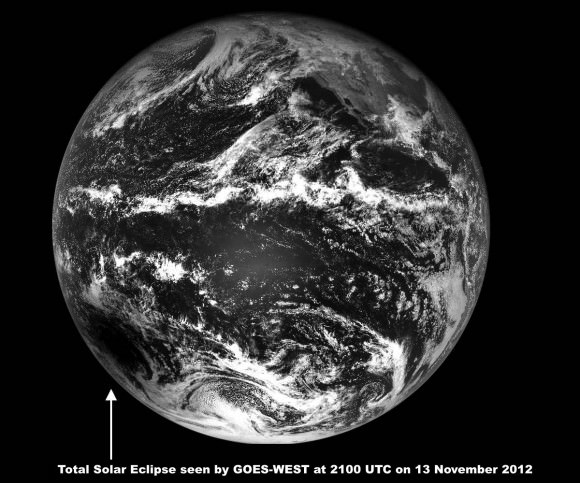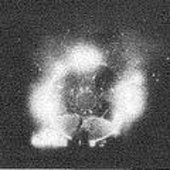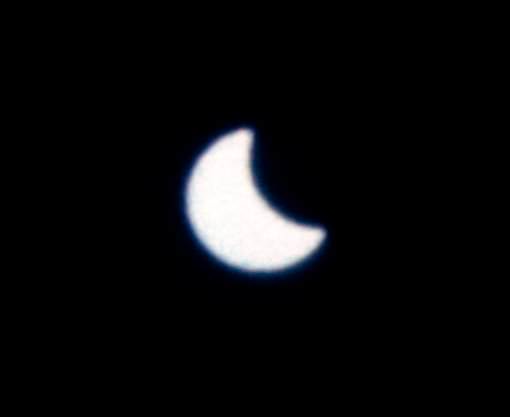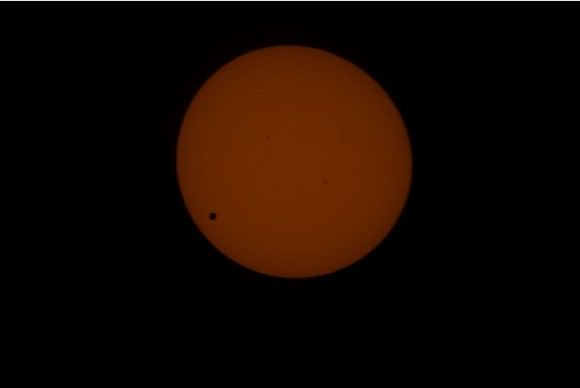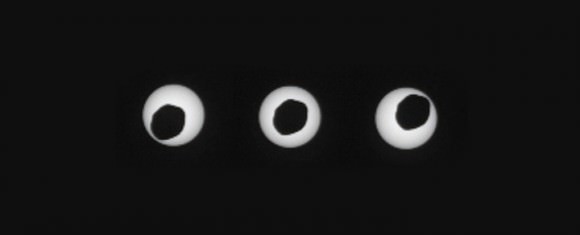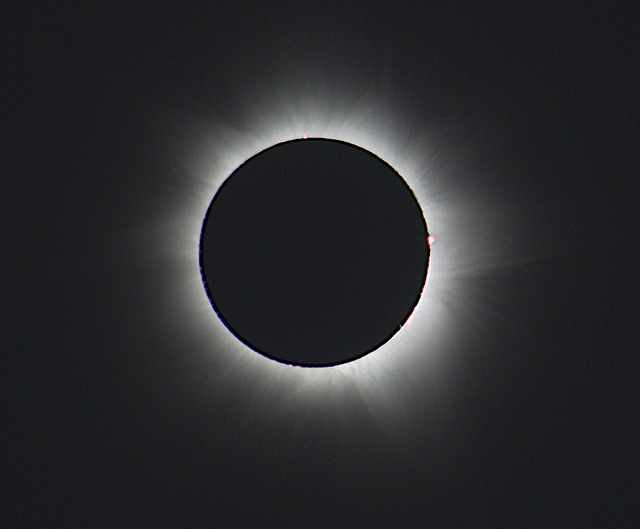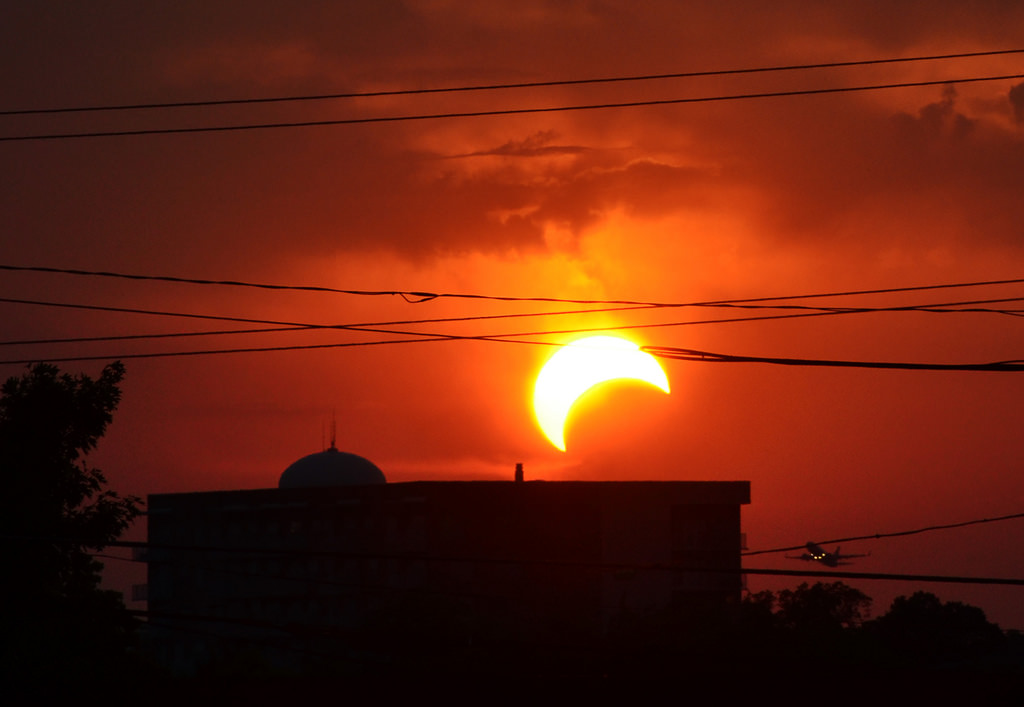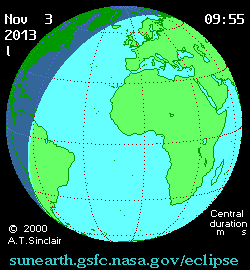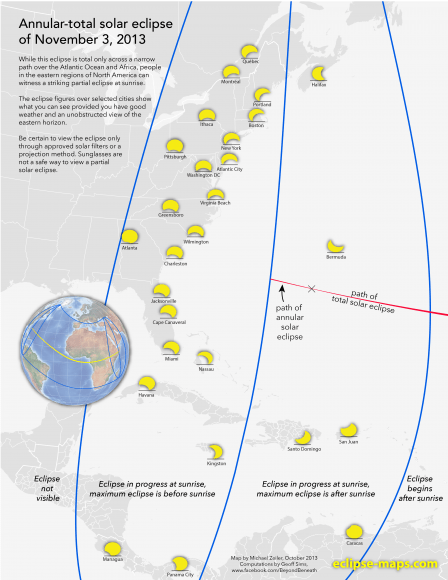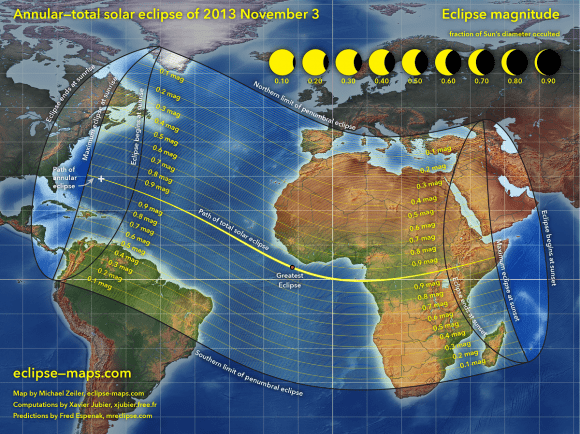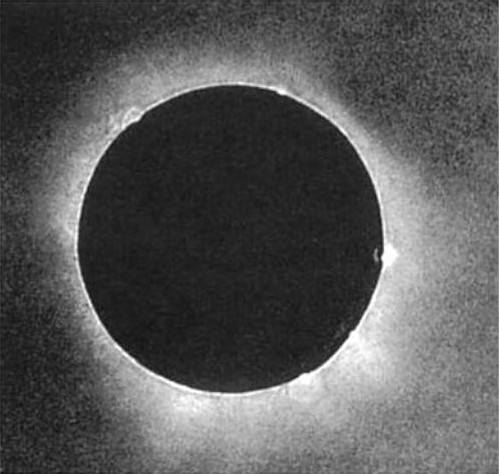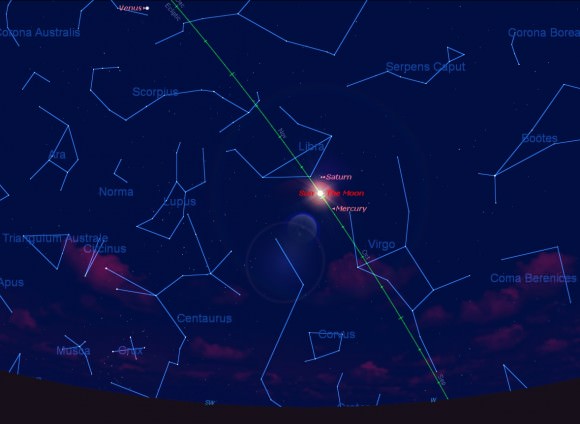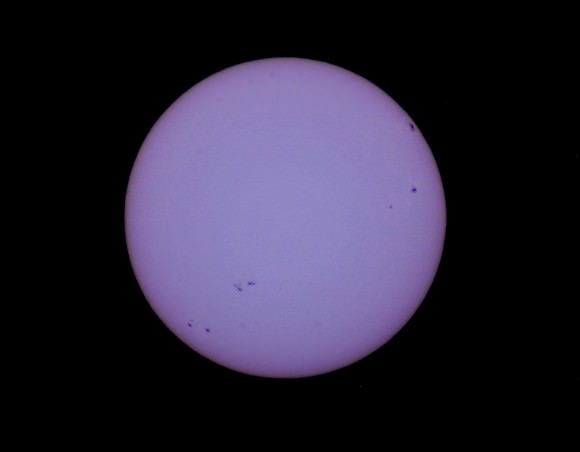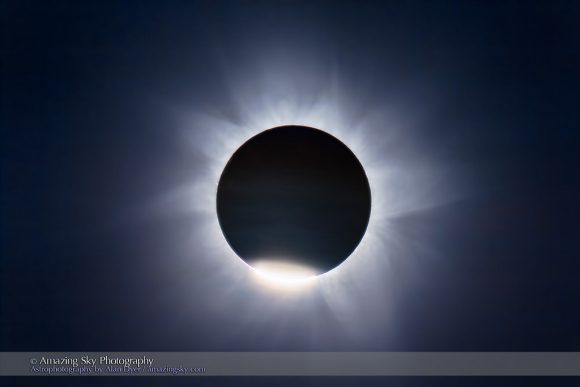
Ready for the “Great American Eclipse?” We’re now less than six months out from the long-anticipated total solar eclipse spanning the contiguous United States from coast-to-coast. And while folks are scrambling to make last minute plans to stand in the path of totality on Monday, August 21st 2017, a unique project named the Eclipse Megamovie 2017 seeks seeks to document the view across the entire path.
The Project: Sponsored by Google’s Making & Science Initiative and led by Scott McIntosh from the National Center for Atmospheric Research’s High Altitude Observatory and Hugh Hudson from the University of California at Berkeley, the Eclipse Megamovie Project seeks to recruit 1,500 observers stationed across the eclipse path from Oregon to South Carolina. Although individual observers will only experience a maximum totality length of 2 minutes and 40 seconds, the complete span of the Eclipse Megamovie will last 90 minutes, compiled using observer images from coast-to-coast.
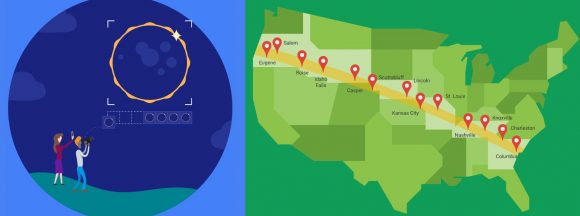
“The movie is a tool for scientific exploration,” Hudson said in a recent University of California at Berkeley press release. “We’ll be collecting this level of data for the first time, from millions of observers, and it will be a valuable archive. But we don’t know what we’ll see or what we’ll learn about the interactions between the chromosphere and the corona.”
One portion of the project will have trained volunteers image the Sun from along the eclipse path using DSLRs, while another portion of the project will feature smartphone users imaging totality using a forthcoming Eclipse Megamovie app for a full length lower resolution movie.
Bikers and Baily’s Beads
The only total solar eclipse for 2017, totality for this eclipse occurs along a 114 kilometer-wide path touching on 12 states. Millions live within an easy day drive of the eclipse path, so expect lots of general public interest leading up to eclipse day. August is RV and camping season, so expect camplots to fill up quickly as well. The eclipse also occurs just over a week after the annual Biker’s Rally in Sturgis, South Dakota, affording motorcyclists a chance to stand in the shadow of the Moon en route to the annual pilgrimage.
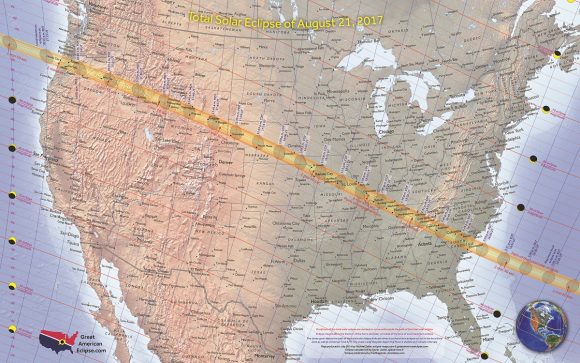
The last total solar eclipse to cross one of the 50 United States graced Hawaii on July 11th, 1991, and the last time the umbra of the Moon touched down over the lower 48 states was on February 26th, 1979 across the United States northwest. But you have to go all the way back over almost a century ago to June 8th, 1918 to find an eclipse featuring totality which exclusively spanned the United States from sea to shining sea.
Observers have chased after the umbra seeking to extend fleeting totality before. Eclipse chasers documented the January 24th, 1925 eclipse from aloft aboard a dirigible over New York City. On June 30th, 1973, a supersonic Concorde flight chased the umbra of the Moon across northern Africa, extending totality out to 74 minutes.
The team was also on hand to perform a dry run test of the Megamovie Project at this past weekend’s annular eclipse which crossed South America, the Southern Atlantic and Africa and reports that the field test of the promised project app by Mark Bender worked admirably, and the Eclipse Megamovie App should be available to the general public soon.
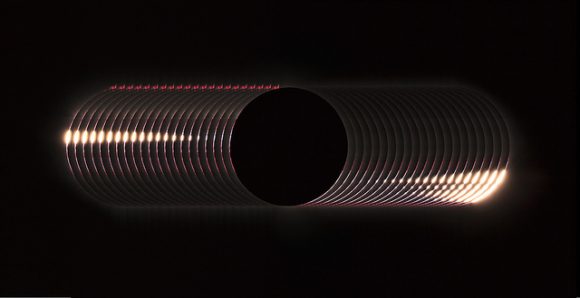
What sort of science can such a project offer? What is left to learn from a total solar eclipse after centuries of scientific study? Well, some of the most accurate measurements of the solar diameter and the size and shape of the Sun have been made during solar eclipses. A long movie may also reveal streamers and development of the solar corona, the ethereal pearly white glowing outer atmosphere surrounding the Sun. About half as bright as a Full Moon, we only get a brief glimpse of the corona during totality. Also, the Eclipse Megamovie will get another shot at the project in April 2024, when another eclipse crosses the United States from Texas to Maine.
The Eclipse Megamovie is taking volunteers now. The gear setup required is simple, and you might have what’s needed to image the eclipse laying around already.
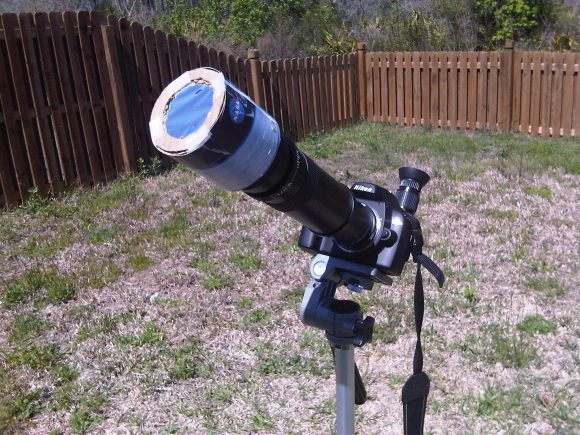
You’ll need a DSLR camera with a sturdy tripod, a zoom or fixed lens of 300mm focal length or better, and an ability to nail down your GPS location and the time to the nearest second. Once the volunteers are selected, training will be provided to include GPS and time stamping images, flat-fielding and more.
Phone apps will readily supply the GPS part. For time, I’d go with with WWV Radio, which broadcasts a continuous audio time hack out of Fort Collins, Colorado. This is in Universal Time, and has an accuracy of better than a second better than online time sources, which occasionally lag due to spurious web connections.
Keep in mind, you’ll be photographing the eclipsed Sun during very brief moments of totality. You’ll need to have approved solar glasses and filters in place during all partial phases leading up to and immediately after the eclipse. The Eclipse Megamovie project also hopes to catch sight of the Bailey’s Beads phenomenon as final streamers of sunlight pour through the lunar valleys, giving the illusion known as the Diamond Ring effect.
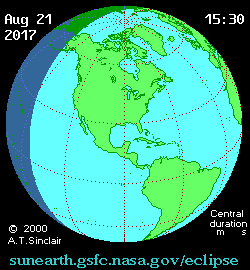
And us? We’ll be casting our hubris at the Universe and catch the eclipse from Columbia, South Carolina. We’re heeding the advice of veteran eclipse chasers, and simply enjoying our first eclipse, and imaging our second, though we may sneak in a few shots for the Eclipse Megamovie project. Universe Today publisher Fraser Cain and astronomer and AstronomyCast host Pamela Gay will lead a group watching from southern Illinois, and we’ve also heard from many other observers from around the world who’ll be visiting the U.S. the August… where will you be?
And we’ve already got a spot picked out for 2024, as the next total solar eclipse crosses Aroostook County and our hometown of Mapleton, Maine… hey, you can never start planning too early, right?
Get set for an eclipse for the ages, and be sure to contribute to the Eclipse Megamovie Project.
-Read about all eclipses, comets, occultations and more for the year in our guide to 101 Astronomical Events for 2017, free from Universe Today.
-Eclipse… science fiction? Check out our original eclipse-fueled sci-fi tales Exeligmos, Shadowfall, the Syzygy Gambit, Peak Season and more.

